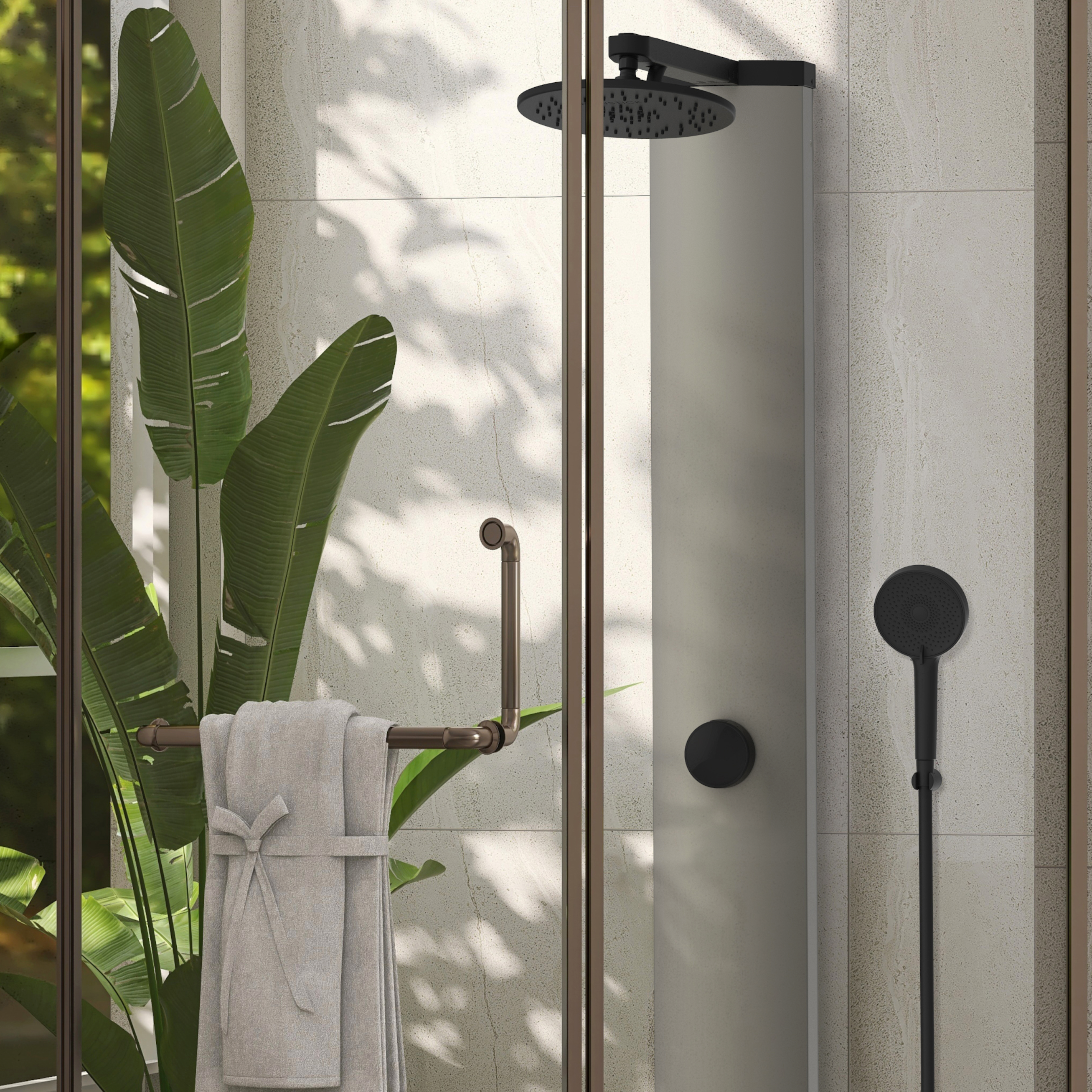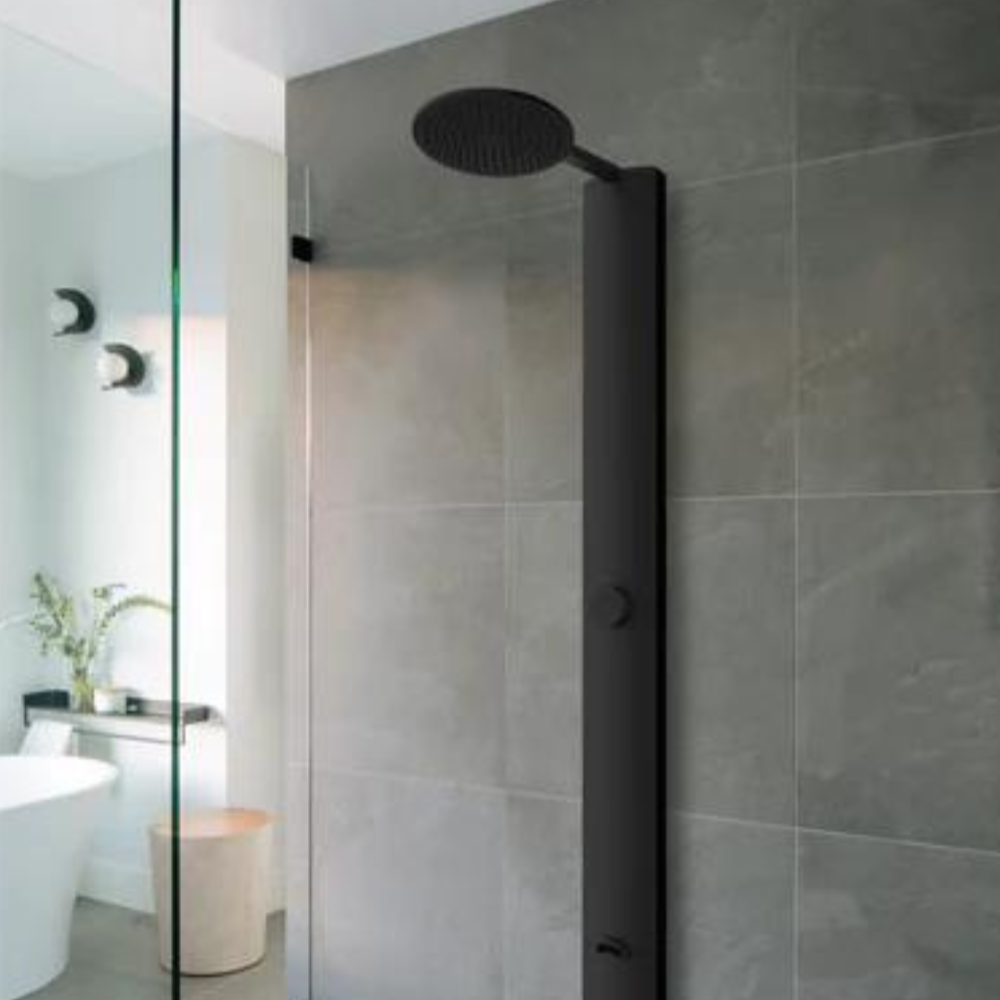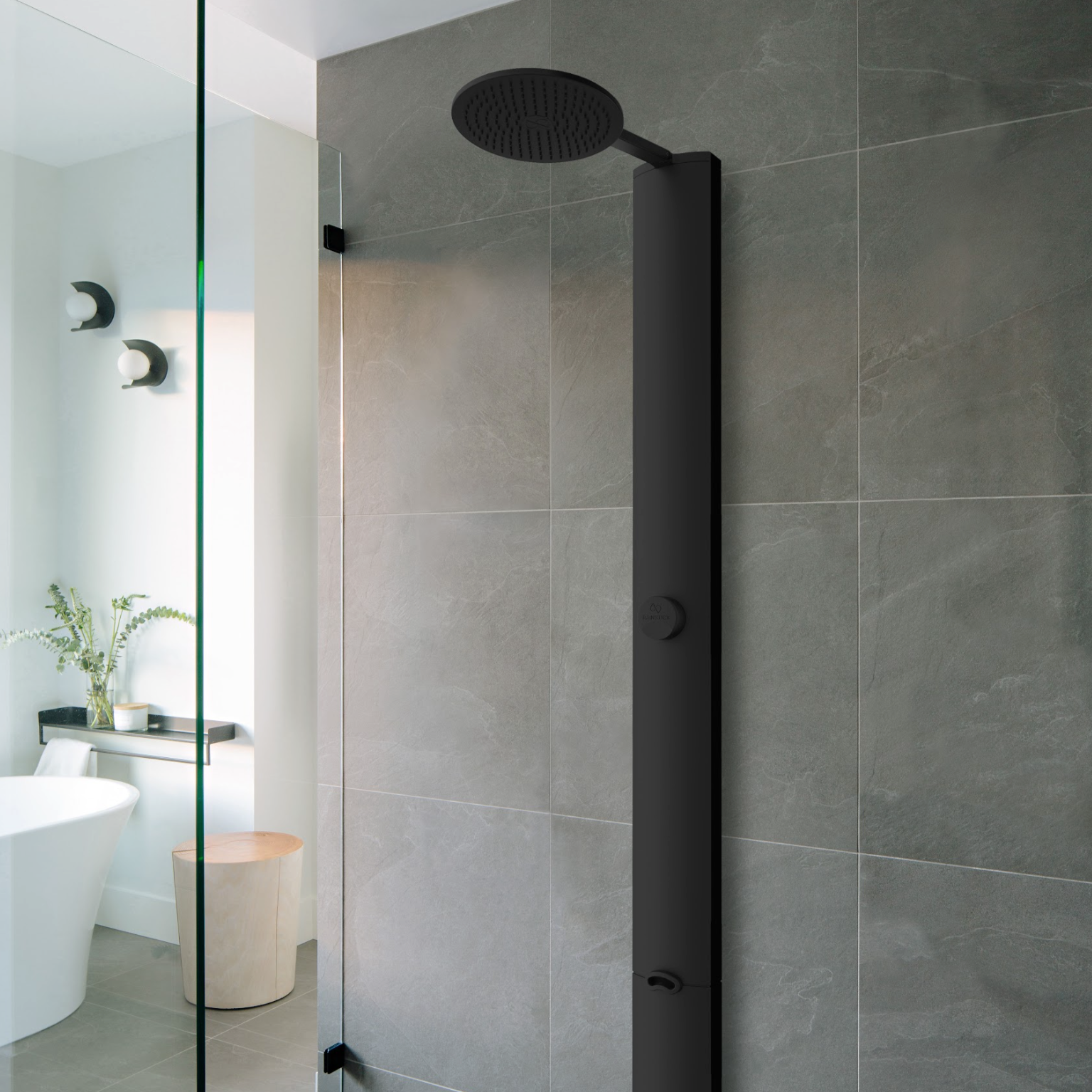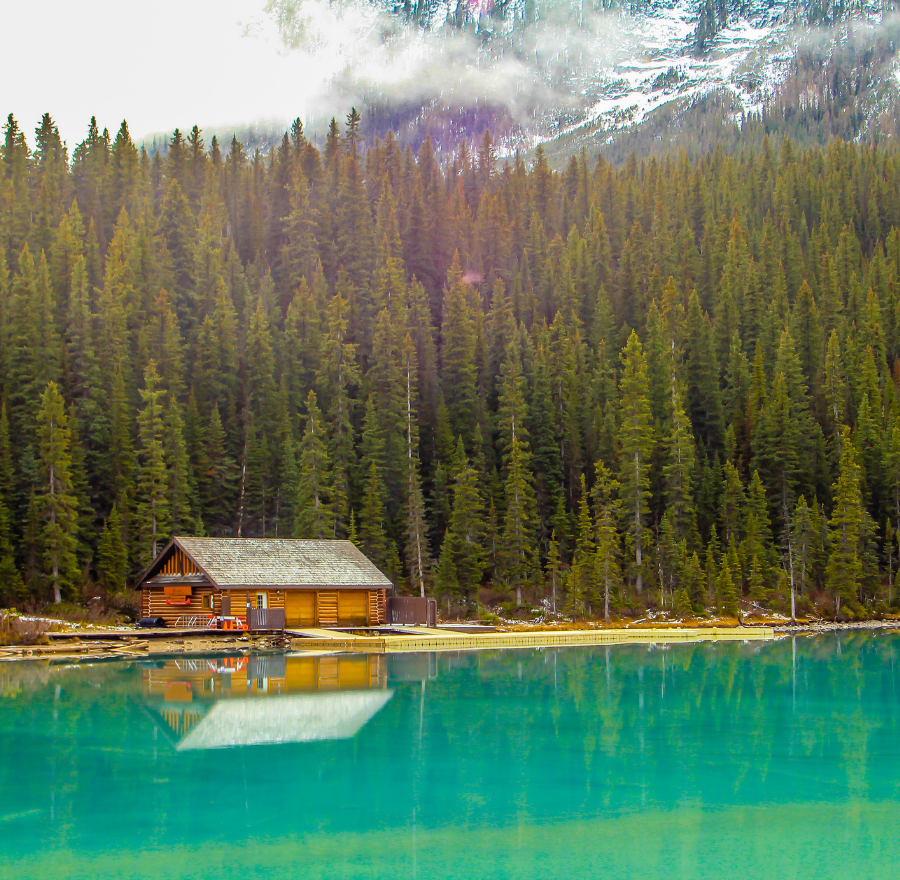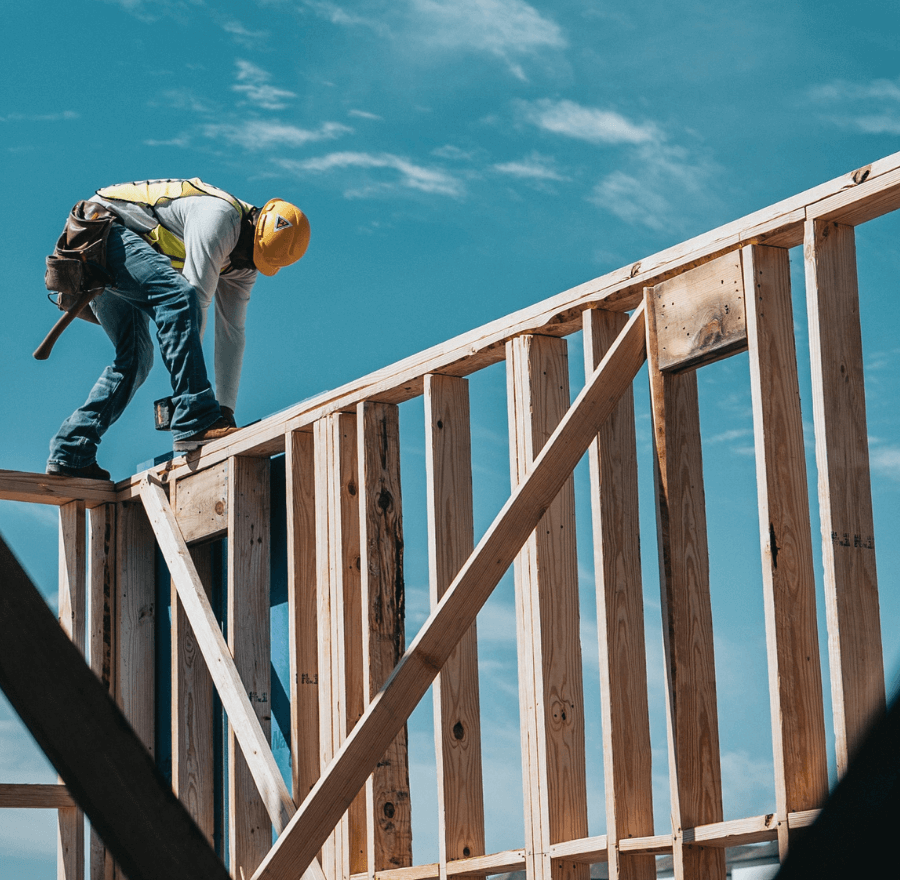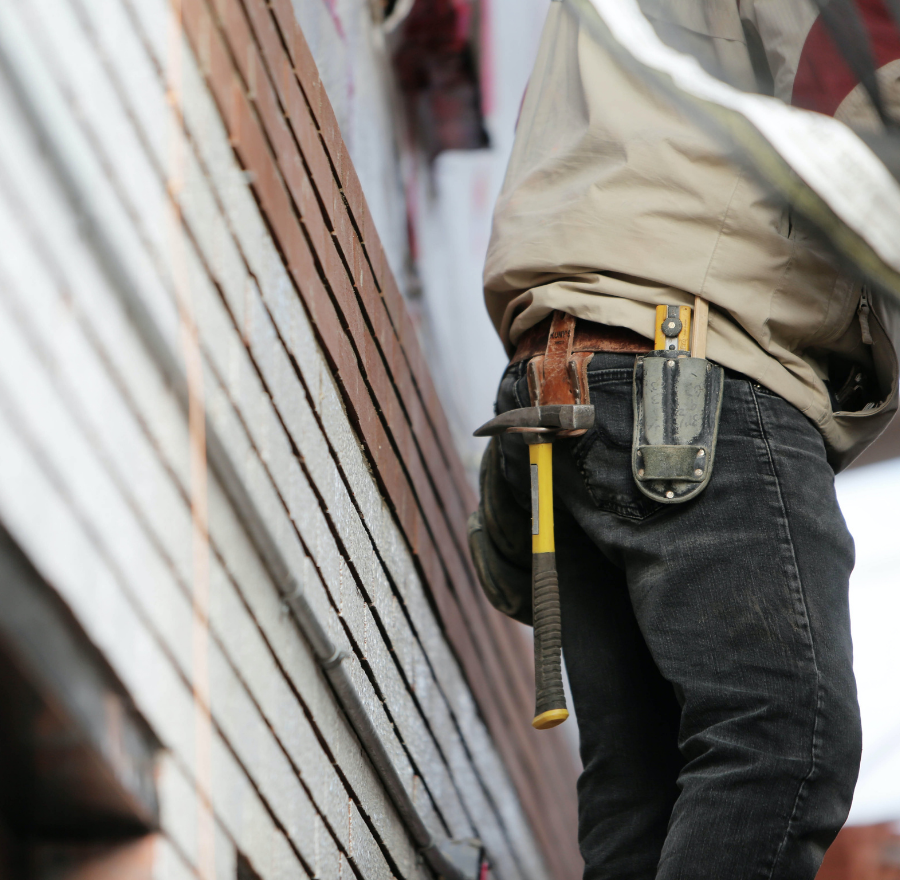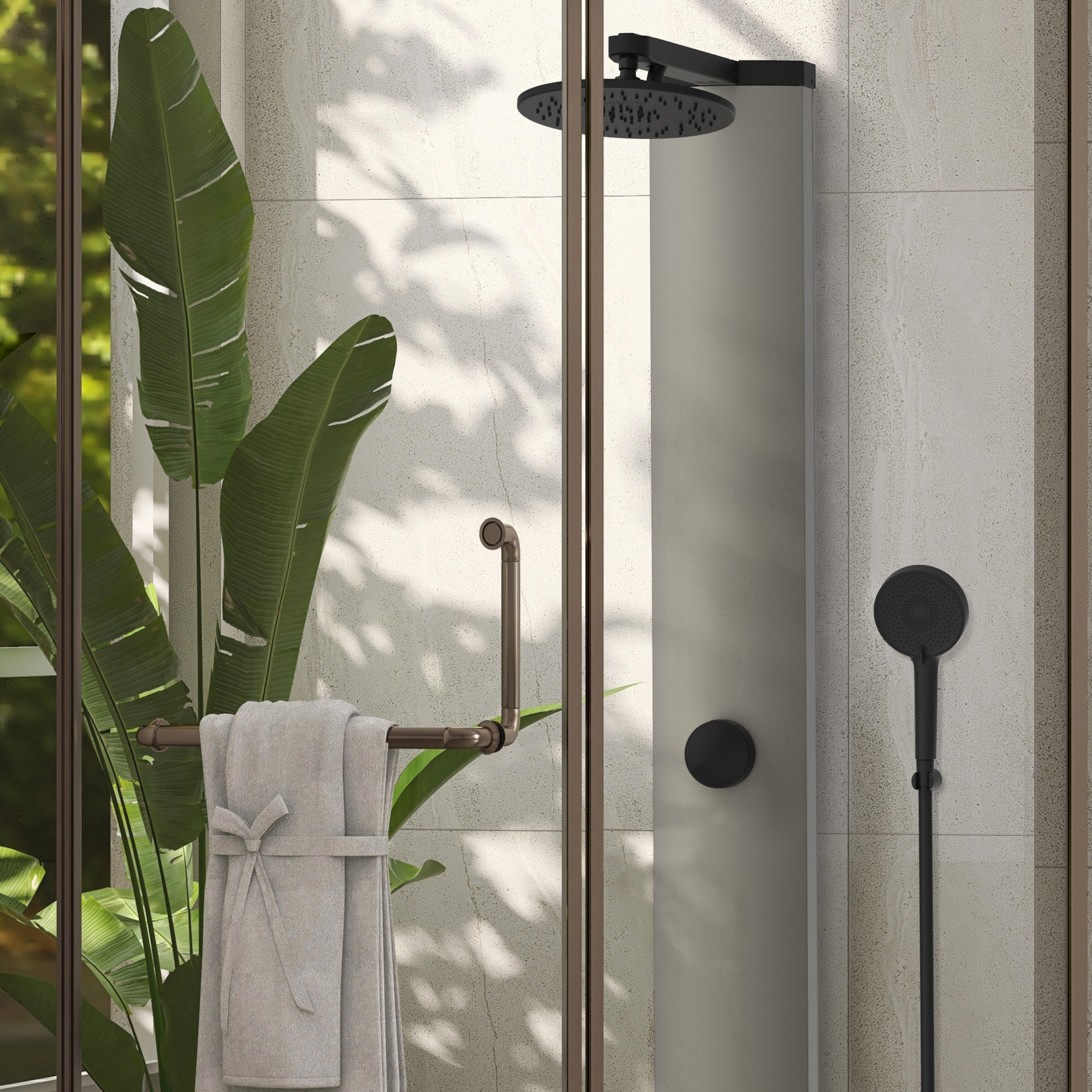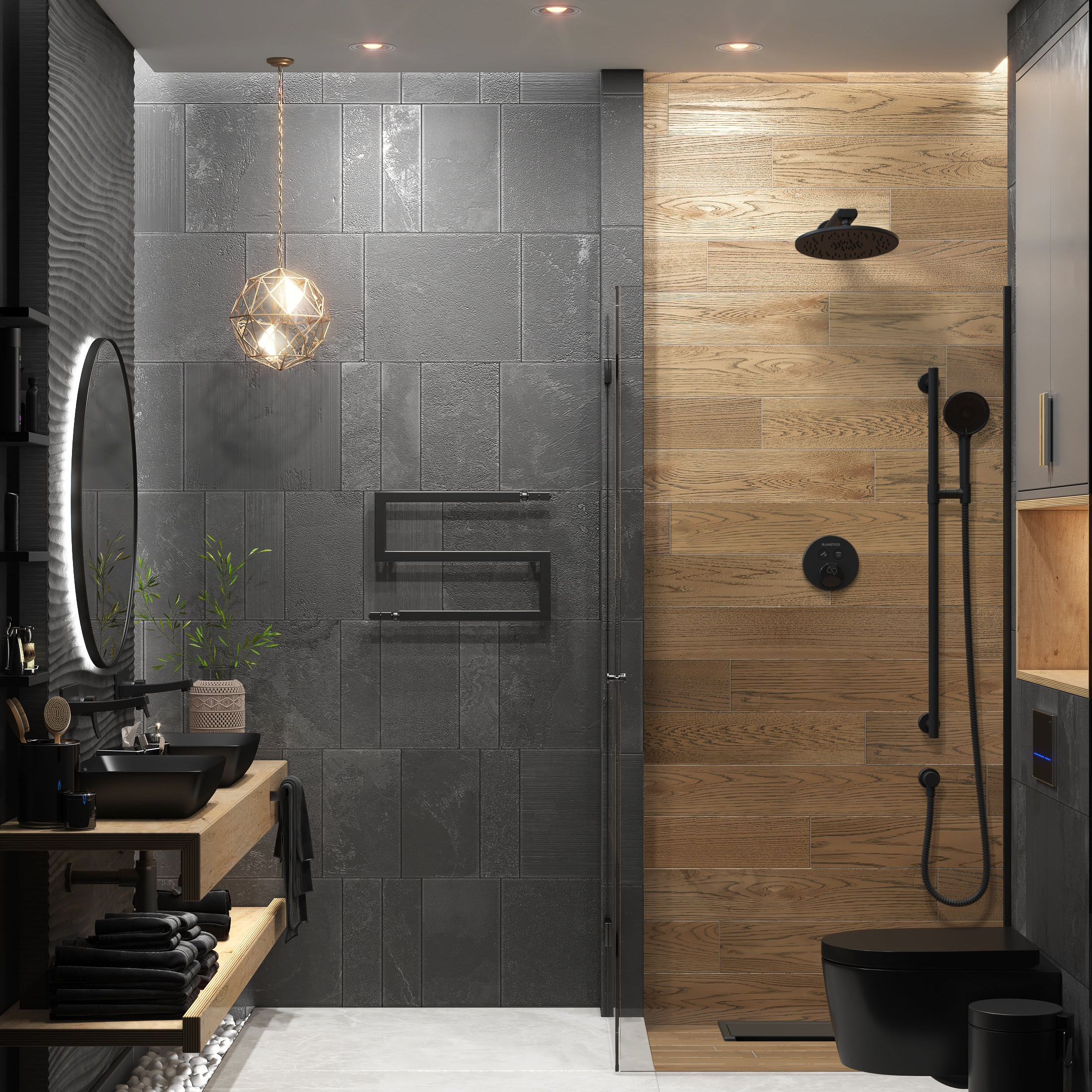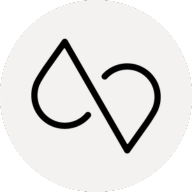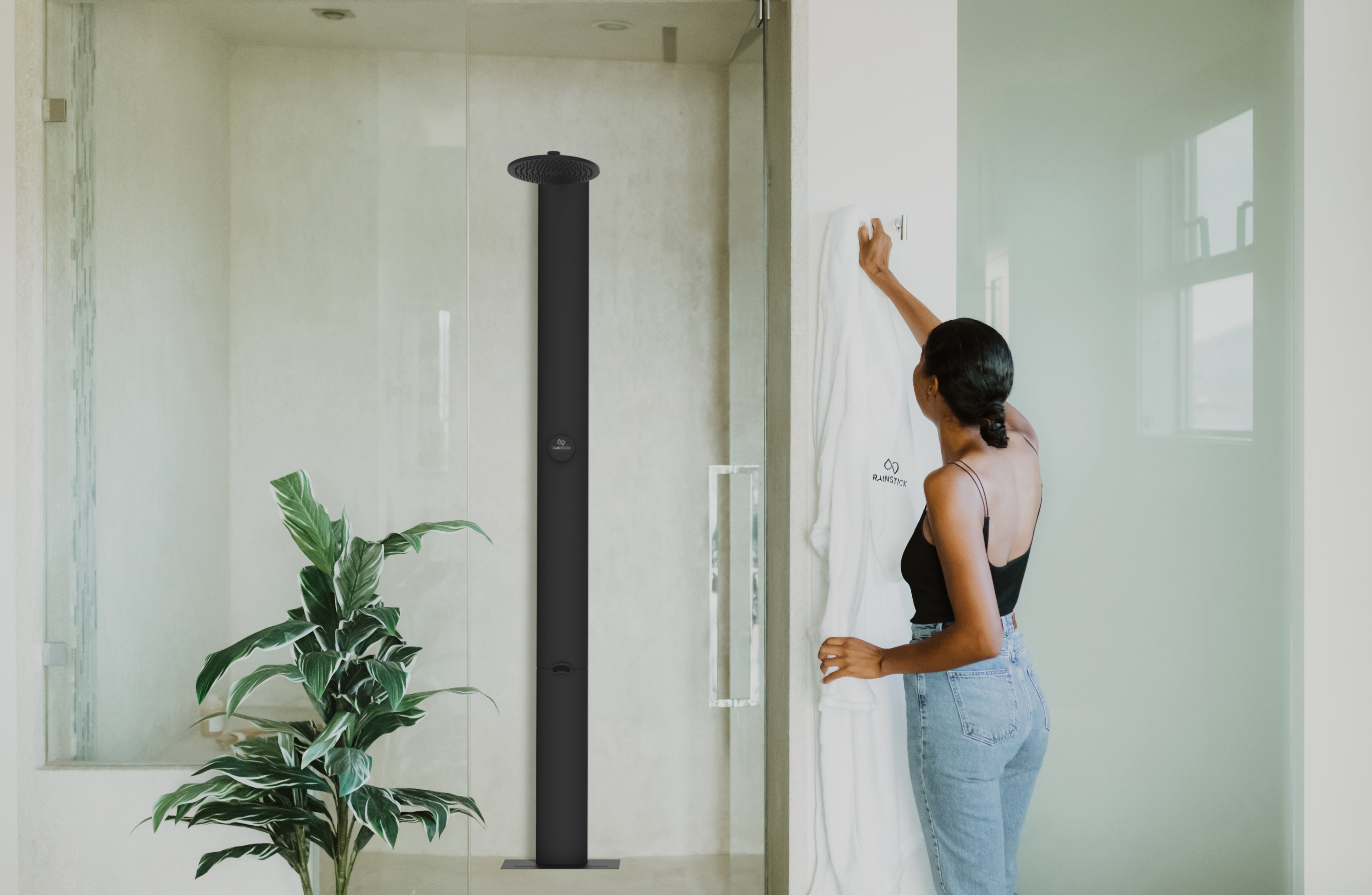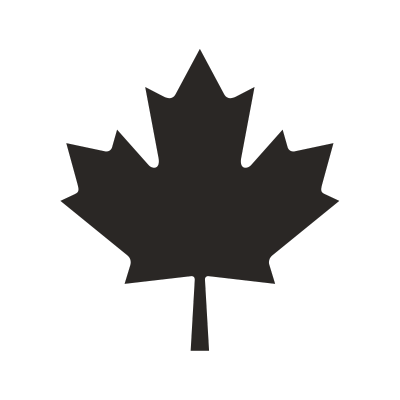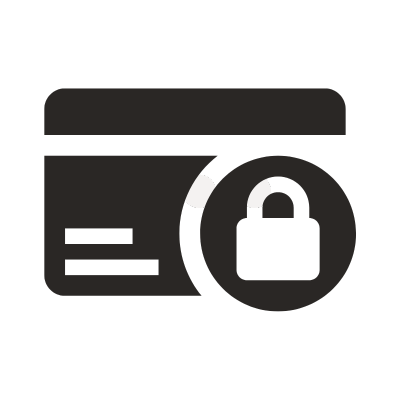Do you have a cottage where you go to relax and have fun in the summer? Or have you found the perfect property in cottage country and are considering building a cottage for yourself or your family? If so, read on! We dig into all things related to cottages and water including possible water quality issues you may face and how you can access safe, clean drinking water for your home away from home.
How’s Your Cottage's Water Quality?
Have you noticed that the water at your cottage tastes, smells, or even looks different than the water at your regular residence? There are a few reasons why that may be. The first one is that the water is a lot harder than you’re used to, there are minerals such as magnesium and calcium in the water that can affect the quality of your shower. You may have noticed your shower head at your cottage is constantly scaled with mineral deposits. Not only do mineral deposits impact your shower’s ability to have a steady flow rate, but some minerals also don’t work well with soap and shampoo, which can leave your hair limp and skin itchy.
Another issue that can affect water quality is high levels of iron in the groundwater. When iron is abundant in water, it can leave rust stains in sinks and toilets or a spotty residue on glassware. This can make the lifetime of your shower significantly less and may require regular upkeep to keep rust and residue at bay.
The final issue, that frequent cottage goers may be used to is when you turn on the tap for the first time in the spring that the water is not clear, and may appear murky. Usually letting the water run for a bit will clear it up. This happens because there is a chance of corrosion in the plumbing. Well, Water that remains discoloured can be caused by tannins which is a decomposed bit of organic matter that is found in the groundwater supply. It’s not dangerous but can make you feel a little uneasy about drinking unclean water. According to the Government of Canada, it’s a good idea to get your well water tested every two years or sooner if you have any concerns regarding your water quality.
Water Costs and Possible Solutions For Your Cottage
Many cottages are semi-remote and are not able to be connected to municipal water sources. Sourcing water can be a large added expense for cottage owners if they can’t access the municipal water lines. There are a few different ways cottage owners can access water at their cottages. One option is to add a well to the cottage property, although this option can be quite pricey. According to Homeguide, “Drilling a well costs $5,325 to $9,180 for an average depth of 150 feet. Most homeowners spend $3,750 to $15,300, or $25 to $65 per foot for well installation. Digging a shallow well costs $1,800 and $3,000. Costs depend on the depth drilled, soil conditions, and the well's diameter.”
If your cottage is near a river or lake, you may have the option to pump water from the water source to your cottage. For this to work best, you would need to get a water filtration system installed. HomeServe says, “On average, expect to pay about $2,000 to install a filtration system, including labour and materials. The cost depends on the type and complexity of the system you choose. Simpler systems cost less than $1,000, while more comprehensive ones can cost over $5,000.”
Another option is to install a cistern that can collect rainwater or can have water hauled in. According to Canadian Home Inspection, “A standard preformed, concrete cistern with a 2,400-gallon capacity costs approximately $1,600.00. Installation, excavation and hook-up are added to that fee. Fibreglass cisterns cost about the same. Cisterns range in size from 1,000 to 6,000-gallon capacity.” They also advise that it can be beneficial to have a larger tank as opposed to a small one as most water haulers will not deliver less than 2000 gallons per trip. Water hauling companies typically charge about $35 (which will vary based on your location) for 2000 gallons of water.
Canadian Cottages Water Access
Some towns in Canada don’t always have access to water due to droughts. Having a cottage in an area that deals with water scarcity may lead to you being unable to use your cottage if there is no water. One example is the Okanagan Valley in British Columbia, it is one of the driest areas in Canada. The agriculture industry and hot summers combined put pressure on water supplies and are more susceptible to droughts. According to CBC News, “The Lower Mainland of B.C. is accustomed to seeing lots of rain, but with places like the lower Fraser region and Vancouver Island seeing less of it, they'll have to rely more and more on water reservoirs, according to Pomeroy. However, since those regions don't usually have to rely on reservoirs, he says, the ones they have aren't adequate to offset the lack of rain. The shortage has prompted water restrictions in the province and instances of hydrological drought, which is when lakes, rivers and groundwater supplies are depleted.”
Consider Septic or Well Water
Many cottages have access to water from a well on the property, three different types of wells can be used at your cottage. They are dug, drilled, and driven.
- Dug wells are shallow well water systems that require a water source such as an aquifer or water table that is near the surface. These wells will require a jet pump to get water from the well to the cottage. Dug wells are usually less than 50 feet deep and because of that, they can very easily be contaminated by groundwater and can dry up during dry summers.
- Drilled wells are usually connected to a deep water supply and are a more safe and reliable source of water. This well can use a few different kinds of pumps such as a jet pump, submersible pump, or centrifugal pump. Drilled wells also require a pressure tank in the cottage to create and maintain water pressure.
- Driven wells are made by driving a small pipe into the ground or near shallow water that has gravel or sand. Well Owner says, “Usually a screened well point is attached to the bottom of the casing before driving. These wells are relatively simple and economical to construct, but they can tap only shallow water and are easily contaminated from nearby surface sources because they are not sealed with grouting material. Hand-driven wells are usually only around 30 feet deep; machine-driven wells can be 50 feet deep.”
Many cottage owners have to also figure out how to deal with sewage and wastewater if they are not connected to municipal sewer services. Septic tanks are best used for properties that are level, large and have deep, well-drained soil. They can cost $15,000 to $40,000. Family Handyman breaks down how a septic tank system works very well. “Bacteria are what makes a septic system work. They break down waste, leaving the water clean enough to safely percolate down into the earth. The whole system is designed to keep bacteria healthy and busy. Some live in the tank, but most do their work in the drain field.
If your cottage property doesn’t meet the requirements for a septic tank system, perhaps a holding tank system would suit your cottage lot. Holding tank systems are best for cottages that have small lots with high water tables, porous soil and access to roads. They can cost from $7000 to $10,000. Millennial Homeowner says, “A holding tank is a single compartment tank that collects the wastewater and household waste from a house through an inlet valve. Everything that goes down the drain in your house (sink, toilet, washing machine, dishwasher, shower and toilet) ends up in the holding tank and there it stays until you get it pumped out.”
Add An Outdoor Shower to Your Cottage
One way to enhance your shower experience is to consider adding an outdoor shower to your cottage property. Keep the sand outside with a quick rinse with your outdoor shower. An outdoor shower also provides an easy cleaning station for your pets. Outdoor shower systems can also give you a refreshing way to cool off on hot, summer days while adding a touch of a resort-like experience. You may also save money on your utility bills. Sarah from In the Know Mom installed an outdoor shower, she says, “I just don’t use the outdoor shower for post-pool rinsing. I use it for my morning showers during the summer, probably 2-3 times a week. I tend to take shorter showers outside, so that’s a bonus for my water consumption.” What isn't commonly known is that RainStick can be used as a three-season outdoor shower. Adding a RainStick to your outdoor shower oasis will not only enhance your showering experience but will also save you money. Read more here to find out how.
How to Improve your Water Quality
If you are dealing with hard well water, consider adding a water softener to remove the high amounts of minerals that cause the water to be hard. Culligan Water explains, “When water flows through a Water Softener, the system filters out these hard water minerals and the softened water then leaves the water softening system to flow through plumbing.” Adding a water softener can help eliminate the cons of hard water mentioned above. Another option to improve water quality is a reverse osmosis system to provide clean, safe drinking water that can also be used for cooking and regular uses. According to Culligan Water, reverse osmosis can reduce 99% of water contaminants.
Ways to Have A Better Experience at the Cottage
Here are a few additional suggestions to care for your water quality at your cottage.
- UV Water Treatment- Ultraviolet (UV) water treatment exposes microorganisms to UV radiation using a UV lightbulb. Exposure to UV light affects the microorganisms' DNA, which causes them to be unable to multiply. Van Isle Water explains, “UV is Ultraviolet radiation, an energy band within the electromagnetic energy spectrum. It is a colourless, tasteless, odourless and chemical-free way to ensure your water supply is safe and clear of germs and other microorganisms that can make you sick. UV does not affect sediment, particulates or other mineral contaminants which will require additional water treatment methods.”
- Pre Filter Water Treatment- According to Jimmy Joe’s Plumbing, “A pre-filter, also known as a sediment filter, works to eliminate dirt, sand, rust, silt, and other large suspended particles and sediments from the water before it goes through the primary filtration system. It cleans the water and prepares it for further purification. Pre-filters are disposable, affordable, and easy to use. It is installed at the point from where the water enters the home, also known as point-of-entry.”
- RainStick Original Cleaning Product- The RainStick Shower system completes an automatic cleaning session after each use. Simply ensure there is RainStick Original Cleaning Product in the system. RainStick's cleaning product is both human and planet safe and has been designed to effectively optimize hygiene.
Are you building or renovating your cottage? If so, you should take into consideration adding a RainStick Shower to your plans. The RainStick Shower system starts with fresh grid-supplied water. Except, instead of going down the drain, RainStick captures, circulates, and cleans the water in real-time to avoid wasting water. RainStick provides almost double the flow rate of a conventional shower, so say goodbye to low-flow showerheads. You could also save $500-$700 a year as RainStick saves up to 80% energy and 80% water. The RainStick Shower system can also connect to wifi so you can track your water usage and also set the temperature for your shower from your smartphone.


